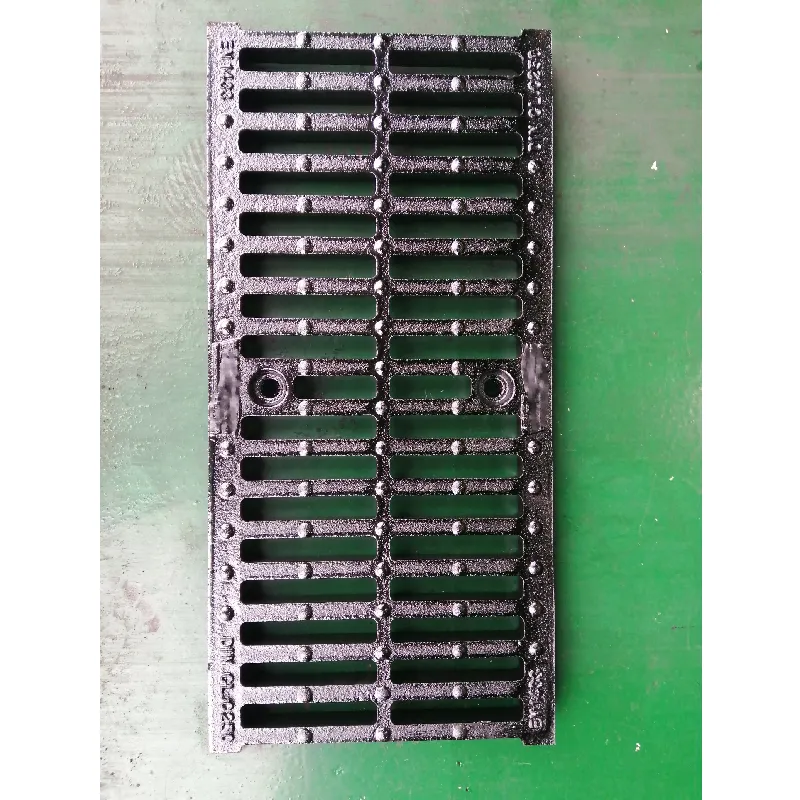air valve in pipeline
The Role of Air Valves in Pipeline Systems
Air valves play a crucial role in maintaining the efficiency and safety of pipeline systems, particularly in the transportation of water and other fluids. These valves are specifically designed to manage air pockets that can form in pipelines, ensuring a smooth and uninterrupted flow of liquid. This article delves into the importance, types, and maintenance of air valves in various pipeline applications.
Importance of Air Valves
Pipelines are subject to various forces, including elevation changes and flow fluctuations, which can lead to the accumulation of air within the system. Air pockets can severely impede fluid transport, causing a range of problems such as reduced efficiency, increased energy costs, and even potential damage to the pipeline infrastructure. This is where air valves come into play. By allowing air to escape from and, if necessary, enter the pipeline, these valves prevent the formation of air pockets that can disrupt the flow.
In addition to ensuring smooth flow, air valves protect the pipeline from potential damage due to pressure surges. When air accumulates within the pipeline and is suddenly released, it can create shock waves that lead to hydraulic transients, also known as water hammer. This phenomenon can result in significant wear and tear on the pipes, joints, and other components. Air valves alleviate these problems by venting excess air safely and efficiently.
Types of Air Valves
There are generally three types of air valves used in pipelines air release valves, air/vacuum valves, and combination air valves. Each type serves a specific purpose and is utilized based on the pipeline’s requirements.
1. Air Release Valves These valves are designed to release trapped air from a pipeline during normal operation. They are typically installed at high points along the pipeline where air is likely to accumulate. Air release valves help maintain constant pressure, allowing the pipeline to function efficiently.
air valve in pipeline

2. Air/Vacuum Valves These valves serve a dual function. They release air when the pipeline is under pressure and allow air to enter when the pipeline is draining or experiencing a vacuum. This capability makes them ideal for applications where fluid levels fluctuate significantly, as they help maintain atmospheric pressure within the system.
3. Combination Air Valves As the name suggests, these valves combine the features of air release and air/vacuum valves. They are versatile and can be used in various applications where both air release and vacuum control are necessary.
Maintenance of Air Valves
Ongoing maintenance of air valves is essential for their proper operation. Regular inspections should be conducted to check for any signs of wear, corrosion, or debris that might hinder performance. Many pipeline operators recommend adhering to a preventative maintenance schedule that includes the disassembly and cleaning of valves at least annually. This practice helps ensure unobstructed flow and reduces the likelihood of unexpected failures.
Furthermore, the installation of high-quality air valves that are suitable for the specific conditions of the pipeline can drastically improve performance and longevity. Factors such as the pipe material, operating pressure, and fluid type must be considered when selecting air valves. Investing in suitable air valves is vital for minimizing maintenance costs and maximizing the efficiency of the pipeline system.
Conclusion
Air valves are integral components in pipeline systems, playing a vital role in maintaining flow efficiency and preventing damage from pressure fluctuations. By choosing the appropriate type of air valve and ensuring regular maintenance, operators can safeguard their infrastructure, reduce operational costs, and enhance the overall performance of their pipeline systems. Investing in quality air valves is not just a matter of compliance, but a proactive measure to ensure the long-term success of fluid transportation operations.
-
The Smarter Choice for Pedestrian AreasNewsJun.30,2025
-
The Gold Standard in Round Drain CoversNewsJun.30,2025
-
The Gold Standard in Manhole Cover SystemsNewsJun.30,2025
-
Superior Drainage Solutions with Premium Gully GratesNewsJun.30,2025
-
Superior Drainage Solutions for Global InfrastructureNewsJun.30,2025
-
Square Manhole Solutions for Modern InfrastructureNewsJun.30,2025
-
Premium Manhole Covers for Modern InfrastructureNewsJun.30,2025
